Land Rover chose the Royal Ballet School in London’s Richmond Park for its launch venue. The parallels were clear: athleticism and poise in a leaner, more efficient body.
We’ll be driving the new car next month, so will then be in a better position to comment on its dynamism, but the specification revealed by the (justly proud) engineering team is of a standard-setting car, fully able to take on the demands of the modern world.
Where do we begin?
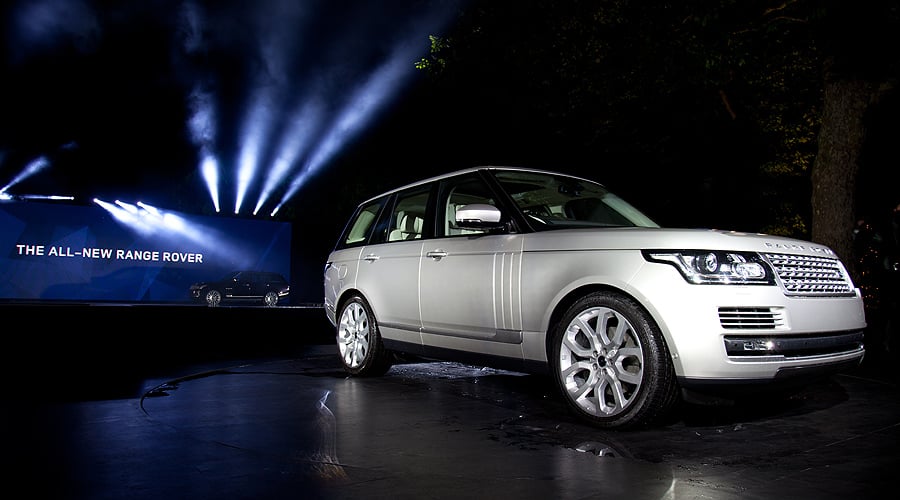
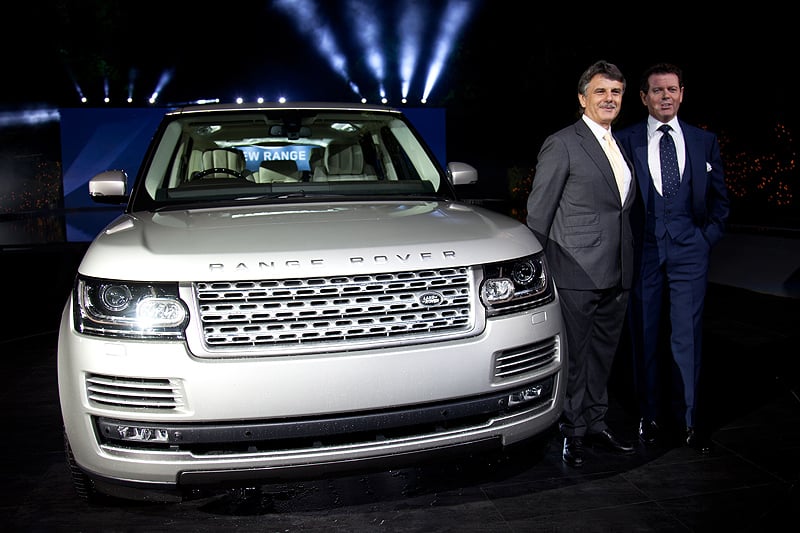
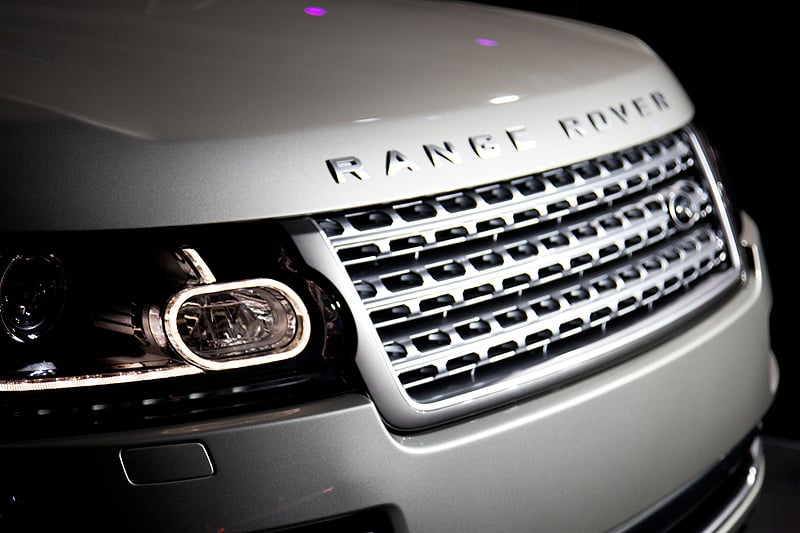
The new car occupies just about the same road space as the editorial Audi A6. Compared with the outgoing model, the roof is lower (by 20mm), the screen more steeply raked, and it’s a touch (27mm) longer than before. The general effect is of a more streamlined car, yet one carrying the famous ‘Range Rover DNA’ of high driving position, ‘floating’ glass and split rear tailgate. Criticisms? The lower ‘chin’ under the front grille – an aerodynamic necessity – is slightly jutting when lacking a number plate.
Yes, you can still stand on the lower tailgate, which, together with its upper half, is now power-operated. The largest panoramic glass roof on the market gives the sumptuous interior an even airier feel. And, like the successful Evoque, a contrasting roof colour is now an option.
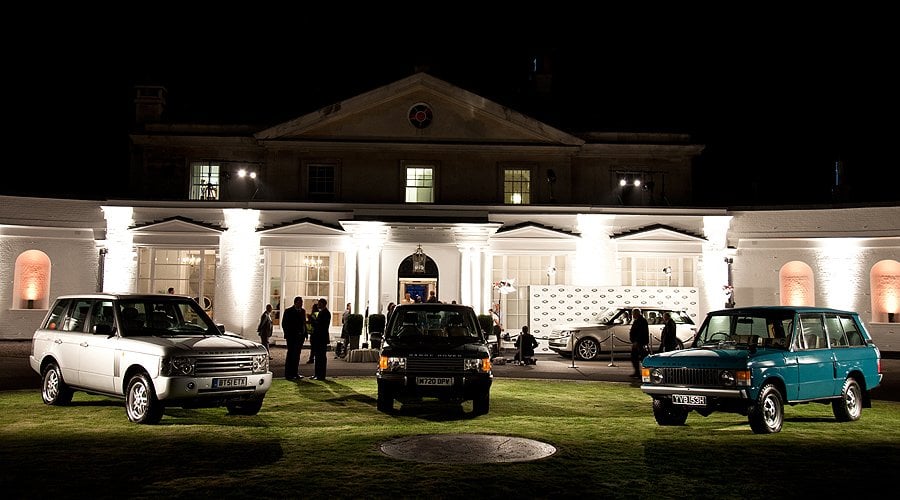
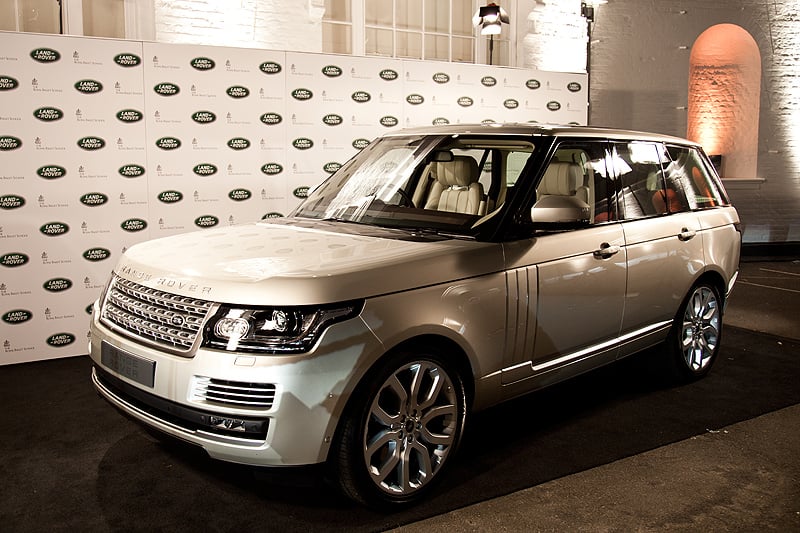
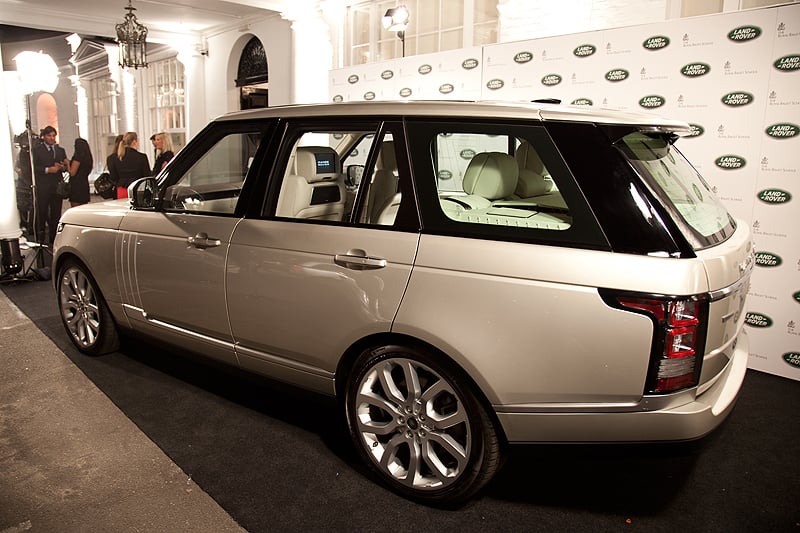
The list of engineering achievements is stellar. And lengthy. How about a body-in-white that weighs less than the equivalent of a new BMW 3 Series? The all-aluminium body and sub-frames have helped the car shed up to 420kg against the previous car – that’s the equivalent of five passengers.
Buyers can now choose the 3.0-litre V6 turbodiesel as an option. As the car is lighter, and the engine refined yet further, with this motor 60mph comes up in just 7.9 seconds - yet its emissions are a staggeringly modest 196g/km. Even the storming 510PS supercharged petrol V8 delivers a reasonable 254g/km. And there’s a diesel-hybrid to come next year.
Inside the cabin (all leather and wood, with semi-aniline hide an option – you know the form), rear seat passengers have more room, and buyers can specify a special, two-seat, ‘Executive Class’ configuration in the back. I tried this, and have to say it’s a quite superb, limousine-like set-up. Audiophiles will appreciate the 1700W Signature Reference audio set-up by Meridian, too.
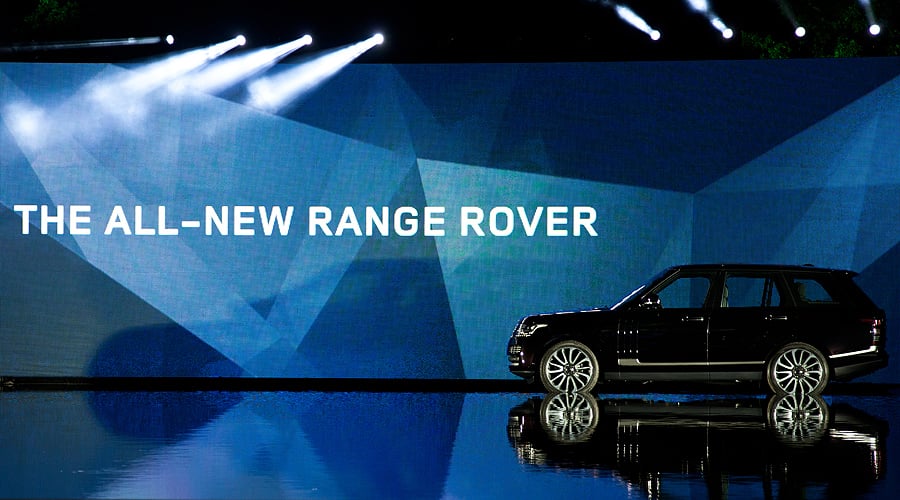
With its 29 (TWENTY-NINE) speakers, the zenith of in-car audio offers “the ultimate 3D surround sound experience”, so Land Rover says. And so it jolly well should, we say.
Dynamically, the 2013 Range Rover exceeds every performance parameter of the older car: adaptive dynamics mean better handling on-road, plus the promise of mountains climbed and streams forded like never before. The ride-height adjustment has an even greater range, and a new intermediate setting allows much higher speeds over rough ground.
You can now just leave the Terrain Response in ‘auto’ and the car will sort itself out under most conditions. And improvements in NVH (noise, vibration and harshness) mean it has less wind noise at 160km/h than an Audi A8 and its tyres are quieter than those on a Mercedes S-Class.
We could go on. We will do, in fact, when we’ve driven it in Morocco in a few weeks' time. And we have not even commented on the market segment the new car will inhabit.
Make no mistake, in every single area of performance, luxury and exclusivity, this is an alternative to a Rolls-Royce Ghost or Bentley Continental Flying Spur – and will be priced accordingly. The company implies most versions will end up at over £100,000, but an entry-level car will be “in the region of £72,000” in the UK. Deliveries in the UK and North America will start in December 2012.
So far, it looks well worth the money – roll on October, when we’re Morocco bound.
Photos: Jan Baedeker / Land Rover









